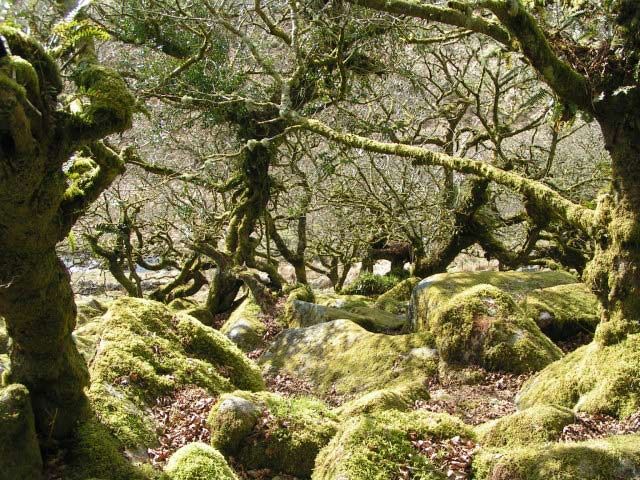
Where the Wild Things Are
Britain is not often thought of as a wild place, yet if you take the time to focus on the small things you will find much to wonder at. From the storm-beaten islands of Scotland to the clear chalk streams of Hampshire, it is possible to pause and find amazing wildlife even in the most familiar of places.
You may have seen the recent David Attenborough documentary, Wild Isles. I initially just caught the end of one episode, but that was enough to hook me. I jumped on iPlayer and caught up and have since been viewing them as they are aired. As I watched, I realized that the genius of the programme wasn’t in the information it carries, or the astounding photography, but the way in which wonder, almost childlike in its sincerity, is created out of small things.

It reminded me of the way Wild Britain gripped me when I first read it, having just arrived at Sheldrake Press. I flipped it open and settled on the Dartmoor pages. That bit of Dartmoor near Okehampton is a place I know well, so I almost expected the text to rehash the same old tropes about the remote openness of the moor. Instead, Douglas Botting launches into an anecdote about his time doing military manoeuvres by Okehampton Camp, and from this, goes on to focus on the small things that caught his eye. By grounding description in personal anecdote, it is possible to bring wonder to places often overlooked.
Dartmoor is not hard to bring wonder to, having some of the most famous examples of temperate rainforest in England. What is skilful is to draw equal attention to both visually stunning animals and slightly more obscure, yet just as vital, moss.
The fascination of coming in close
Wild Isles employs the same device of coming in close. From the baby-toad-eating horse leeches of a Dartmoor pool, to the youthful hunts of Hebridean white-tailed eagles, Attenborough’s series covers the wide range of wildlife in Britain. The diversity and abundance of life in these small North Atlantic islands is explained by the fact that they sit in a goldilocks zone with cold, nutrient-rich ocean waters, the heavy rainfall of a maritime system and the moderating warmth of the Gulf Stream.
Part of the appeal of TV nature programmes is a vicarious enjoyment. In what other country but the UK would a programme about farming, Countryfile, repeatedly beat the viewing figures of flagship dramas? Most of the UK population live in urban areas. That is why first-hand, direct engagement with the natural world is so important. This is what Wild Britain offers. It can easily be read for the sparkling prose and the photographically rendered beauty of nature, but it works too as a guide, detailing travel routes, preparation and encouraging people to go out into the wild and experience it for themselves.
A time for action
Such a guide can now be read as a historical document showing what once was. In the time since publication, species numbers have dropped – in some cases significantly. Within the descriptions there is an underlying sense of how humanity has fragmented these ecosystems. Dartmoor once would have been covered by gnarled oaks, resplendent with damp epiphytes, but now only patches of temperate rainforest are mentioned.
It is hard to read Wild Britain or watch Wild Isles without coming away with a faint, yet unshakeable, sense of sadness. On the screen, perhaps it is the judicious use of the minor key in the score. Perhaps the relentless reminders of the fragility of what little wildness remains. Or perhaps it is the unspoken sense of pessimism from Attenborough. He has spent years showing off the best of nature, careful to never be seen to be preaching or campaigning, hoping instead that by seeing the beauty of nature we might act to save it. In Attenborough’s lifetime he can remember the flower- and insect-filled meadows of his childhood which then seemed normal but are now vanishingly rare.
There is an environmental concept called Shifting Baseline Syndrome. It describes how when discussing the natural environment people might notice a decline over their lives but think of it as only a slight decline because they cannot remember the abundance present in previous generations. This causes people to feel that something ought to be done, but to miss the true scale of the problem. Why is it that a murmuration of starlings on Bodmin Moor is given such rapturous billing on TV, when such a murmuration is tiny compared to those described even a hundred years ago?
The wild places of Britain are in a perilous state, so it is all the more vital to know those wild places. For without knowing what is to be protected, what hope is there of real change?

